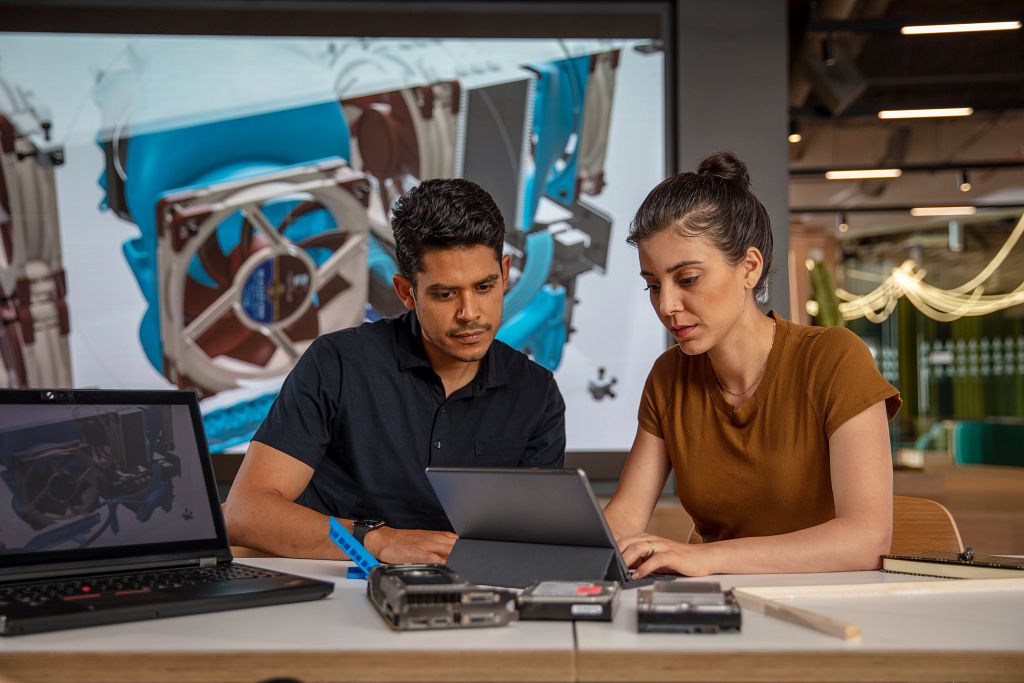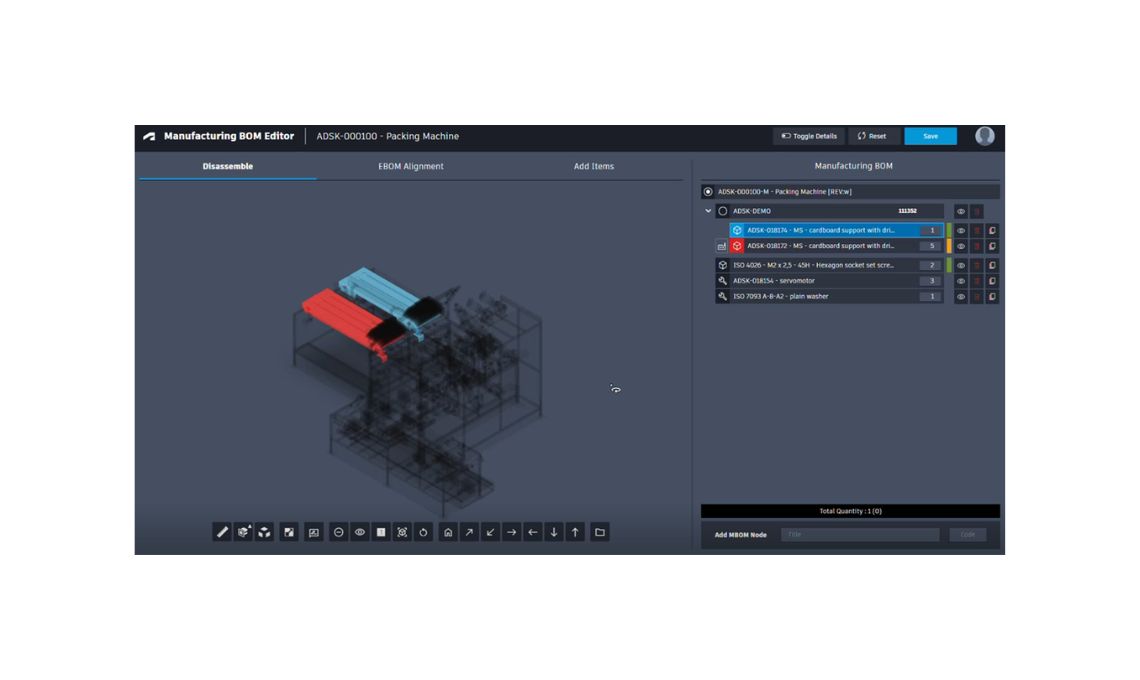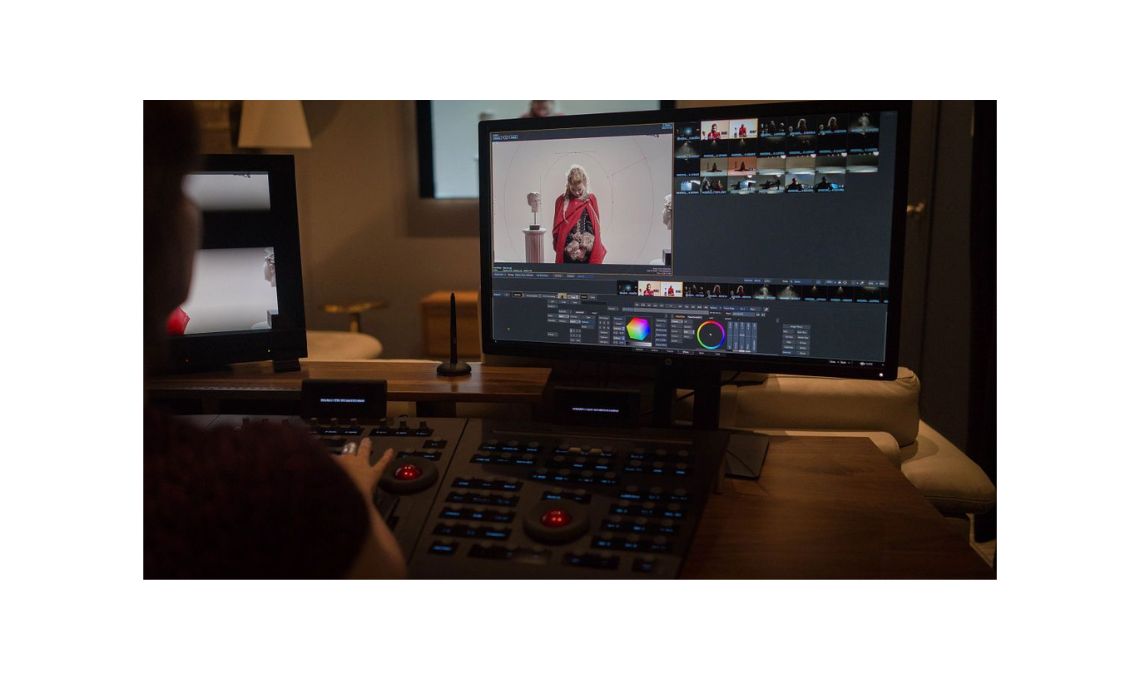Do you know what 3D rendering is? In this article, we will describe its uses and benefits in the architecture and engineering industry, as well as the most commonly rendering programs used by professionals in the field.
3D rendering
In the development of an engineering product or interior design, 3D rendering has become a fundamental process when showing proposals and results of a project. To achieve this, we generate a digital image from a three-dimensional model. The objective is to generate a realistic image from any perspective of the model.
It is about creating 3D images from different processes that allow generating a sensation of depth, giving texture to the different elements of the image in order to make it more realistic. 3D rendering also allows you to generate different lighting effects, through different photographic techniques that generate optical effects similar to those that occur in the real world. 3D rendering is created through the calculation produced by algorithms and formulas that generate simulations that calculate the possible reflections of light on the three-dimensional objects that we have arranged in the scene.
In short, rendering is the process of generating an image or video from a 3D model. For this, it is necessary to have a 3D modeling software and a rendering engine in charge of making the necessary calculations for the adjustment of our image.
Benefits of 3D rendering
A 3D render has the same possibilities of use as an image made with a photographic or video camera. However, it goes further than a photograph, because once the modeling is done, you still have the product ready to use in different perspectives. 3D rendering is a solution increasingly appreciated in the engineering and architecture industry, as it allows having the product in real situations that under certain circumstances could not be done or the costs would be considerably high.
Today, the use of 3D videos or videos that combine real video scenes with rendered files is very common in product development. With 3D rendering, we avoid numerous fixed costs, permissions, management, travel, equipment, personnel, preparation of locations. This type of process allows us to create scenes in any type of environment and enlarge details from impossible framing.
Another significant aspect to highlight is that 3D rendering allows us to perform simulations of elements that have not been created yet. Whether it is a first idea or we are in the design process, being able to see the product before making it is always a plus for the project and a way to visualize possible failures of the product, providing a greater guarantee of success to the product.
Similarly, thanks to 3D rendering, clients´ communication is much more effective since they can visualize their product before it is materialized, allowing to adjust the project objectives to their feedback.
3D rendering software
There is a variety of applications that make possible 3D rendering. The choice of software will depend on the sector and the needs of the professional who is going to use it. Each project is different, as well as the differences offered by each program: speed, quality, photo-realism, ease of use. These are some of the tools we can find in the market:
- Autodesk software 3D rendering highlights features such as shading, shadows, texture mapping, motion blur, reflections and other visual effects options for design. It provides software rendering, hardware rendering, cloud rendering and vector rendering.
- The V-Ray Collection allows you to work freely between different 3D applications, fluid simulation, real-time scene exploration and photorealistic rendering.
- With Maverick Studio, you can enhance the visualization of your product. Its simulator is full of interactive tools that allow you to import 3D models and CAD files to render incredible shots.
- Rendering with Kerkythea is an easy task. This software uses precise lights and materials, providing in a single interface all the necessary tools for scene setup.








